As a child, I used to read many books and, in the beginning, it were mostly books with a lot of drawings and art. With the introduction and mainstream usage of generative AI, such as ChatGPT, and AI image generators, such as DALL-E, the industry of writing could be heavily affected (AI & Insights). For this blog post, I decided to create my own short children’s book called “The Brave Squirrel Sammy & The Wicked Crow” using ChatGPT and the Image Creator from Microsoft Bing, which makes use of DALL-E 3. If you’re interested, you can read the book at the end of this blog.
I was not the first one to come up with this idea and there have been many others that have done this and even sold some copies of the book (Popli, 2022; Yeddula, 2023; Weeldenburg & Depardieu, 2023). It is actually quite simple to do. You ask ChatGPT to create a fairy tale for children and, additionally, add your own preferences to the prompt. Subsequently, you create prompts for the image creator based on the text provided by ChatGPT and you end up with a simple text and beautiful images that you can combine to create a children’s book.
Of course, the book had some flaws, especially the images, which aren’t all perfectly in line with each other, but it should be enough given that a child probably won’t notice the little details and the story doesn’t have to be very complex. Besides, if you want to make the story more complex, give the characters more detail and make the plot more tense, you probably can by using better prompts.
Ethical Dilemma
However, I think it’s important to consider the ownership and copyrights of AI-generated books and art. Many authors and illustrators are not happy with people creating children’s books with such minimal effort in order to earn easy money (Popli, 2022). They argue that there should be better regulations regarding how art is used to train AI algorithms since the models are trained using the existing work of artists. The artists don’t get any compensation for this and they also did not give consent for their artworks and literature being used. Recently, a US federal judge has ruled that art created by artificial intelligence without any human input cannot be copyrighted and the Copyright Office also rejected a request for copyright on images created using Midjourney, even though the artist’s prompts were part of the creative (Brittain, 2023).
Personally, I think (children’s) books can be created using input from generative AI in order to generate interesting ideas and characters. However, to really create a good and interesting book, there should still be a human that unifies all these ideas and adds details in order to create a good and complex plot. Let me know in the comments what your opinion is on this topic and don’t forget to read my book below!
Book – The Brave Squirrel Sammy & The Wicked Crow
Once upon a time, in a lush and vibrant forest, there lived a brave little squirrel named Sammy. Sammy was known far and wide for his courage and kindness. He had a warm heart and a fluffy tail that always twitched with excitement.
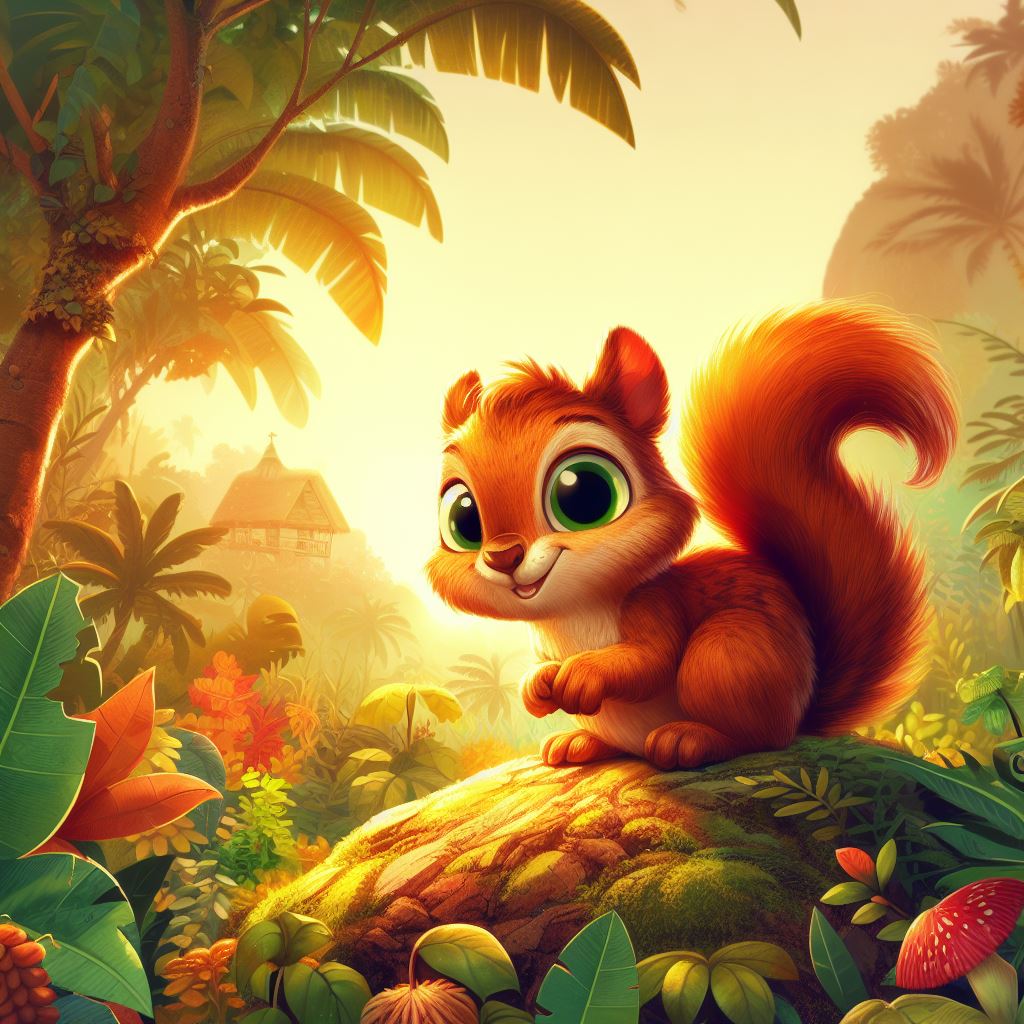
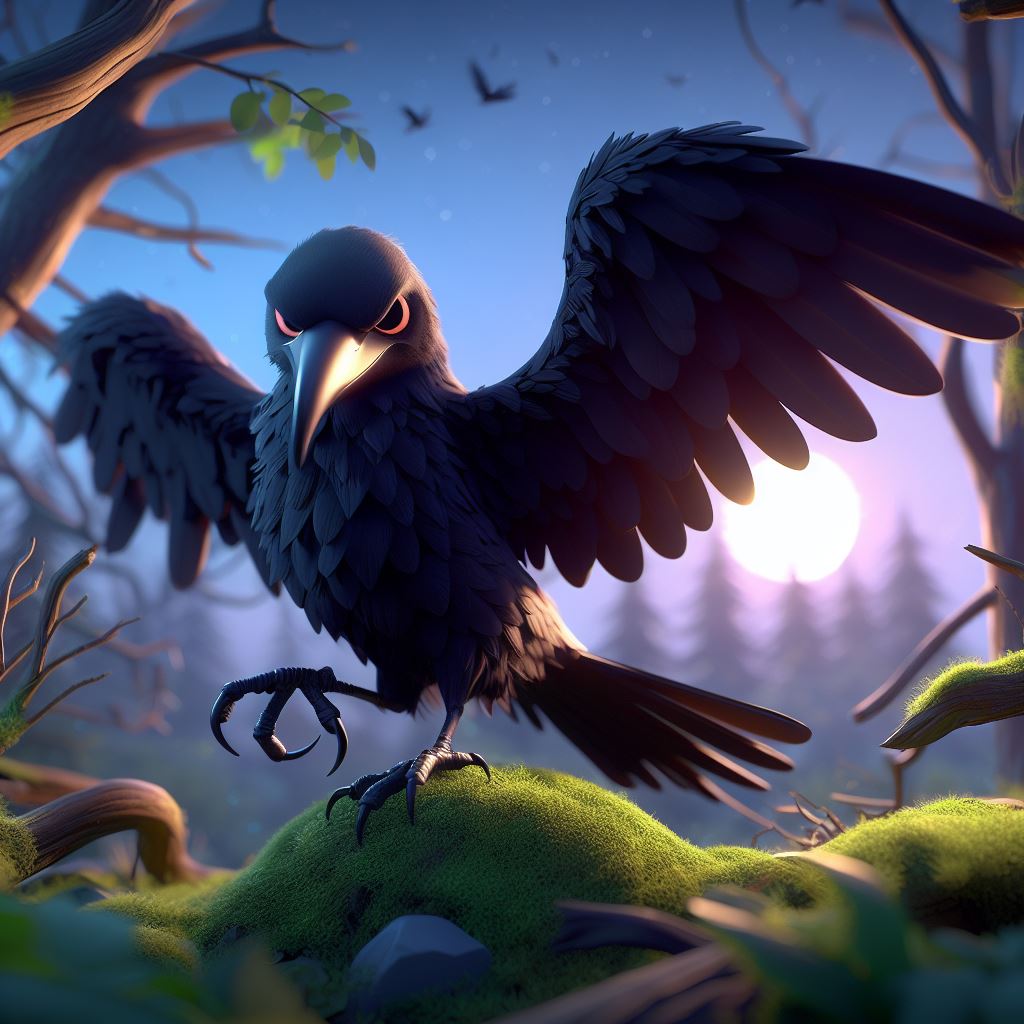
In the same forest, there dwelled a wicked crow named Grizzle. Grizzle was envious of Sammy’s popularity and happiness. He had dark feathers and a cackling laugh that sent shivers down the spines of the other forest creatures.
One sunny morning, as Sammy was collecting acorns for his family, he heard a faint cry for help coming from the tallest tree. He looked up and saw a tiny bird trapped in the crow’s nest at the top. Without a second thought, Sammy scurried up the tree with his nimble paws and saved the trembling bird.
“Thank you, Sammy, you’re a hero!” chirped the grateful bird, and word of Sammy’s bravery spread throughout the forest.
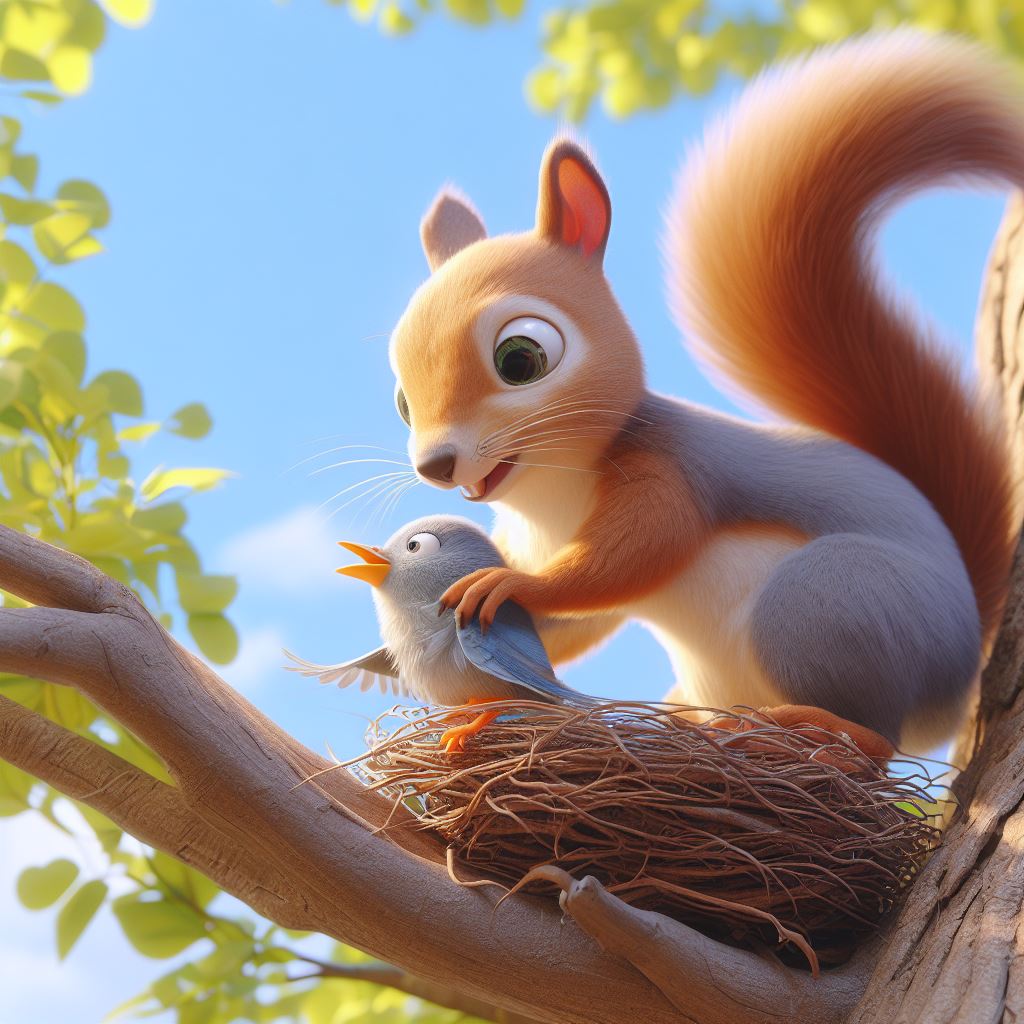

Grizzle, the wicked crow, couldn’t stand Sammy’s newfound fame. He flew to the tallest tree, where Sammy had once again become a hero, and said, “I challenge you, Sammy the Squirrel, to a contest of bravery. Whoever can bring me the shiniest, most precious object from the Enchanted Meadow will be declared the true hero of the forest.”
Sammy accepted the challenge with a determined nod. The Enchanted Meadow was a mysterious place filled with dazzling wonders and hidden dangers. It was guarded by the ancient and wise Owl of Wisdom, who protected its treasures.

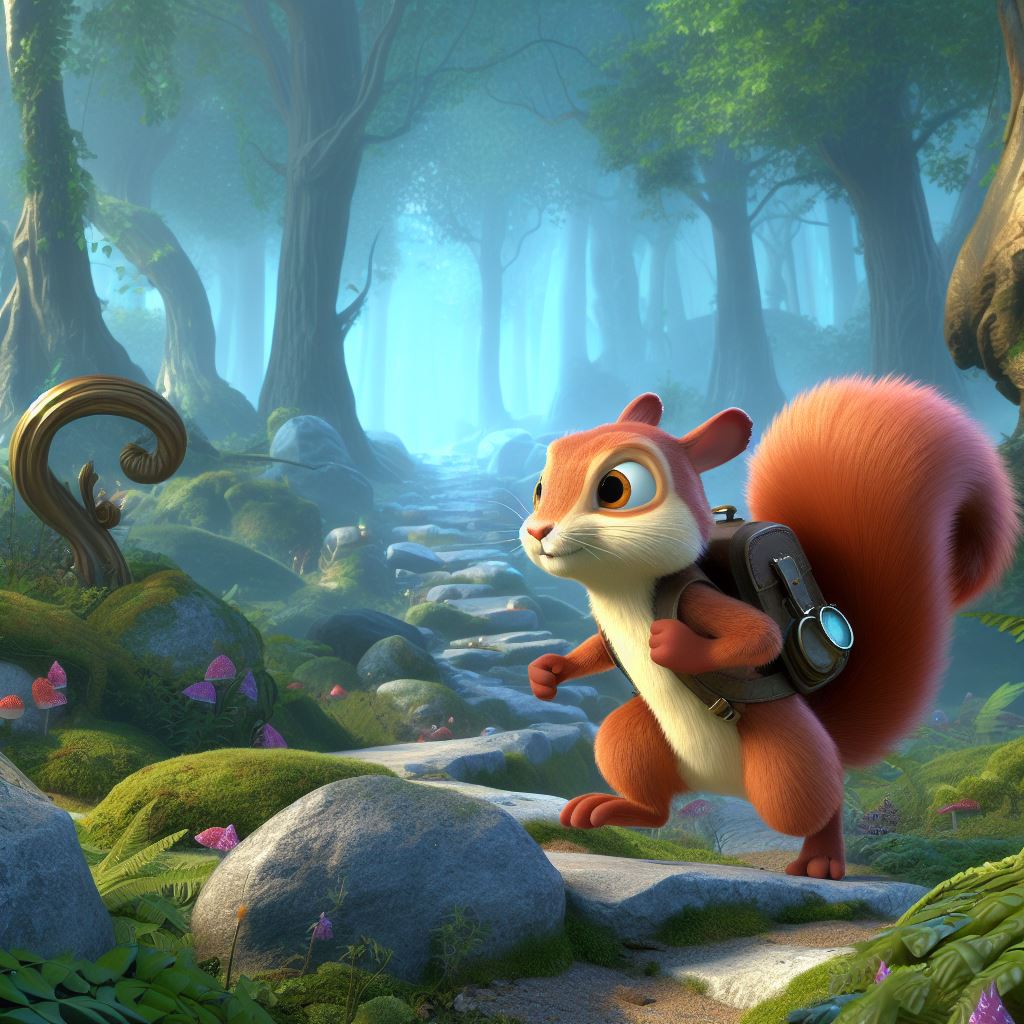
The next day, Sammy set off on his quest to find the shiniest object. Along the way, he encountered many creatures in need and helped them without hesitation. He gave a lost bunny directions back home, helped a snail cross a busy path, and even shared his acorn stash with a hungry raccoon.
Meanwhile, Grizzle, the wicked crow, had a very different approach. He cheated, lied, and tricked his way through the forest. He scared away the bunny, bullied the snail, and stole from the raccoon. Grizzle had no kindness in his heart.
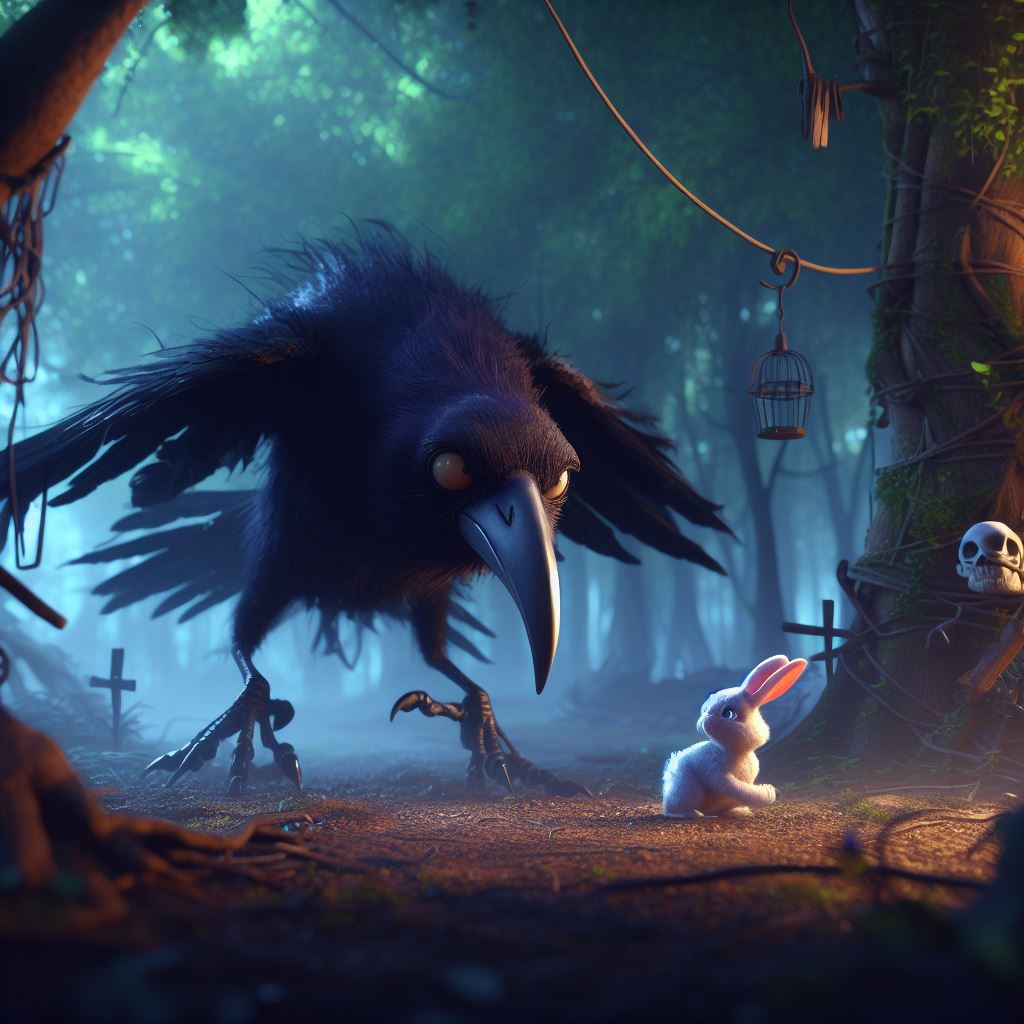
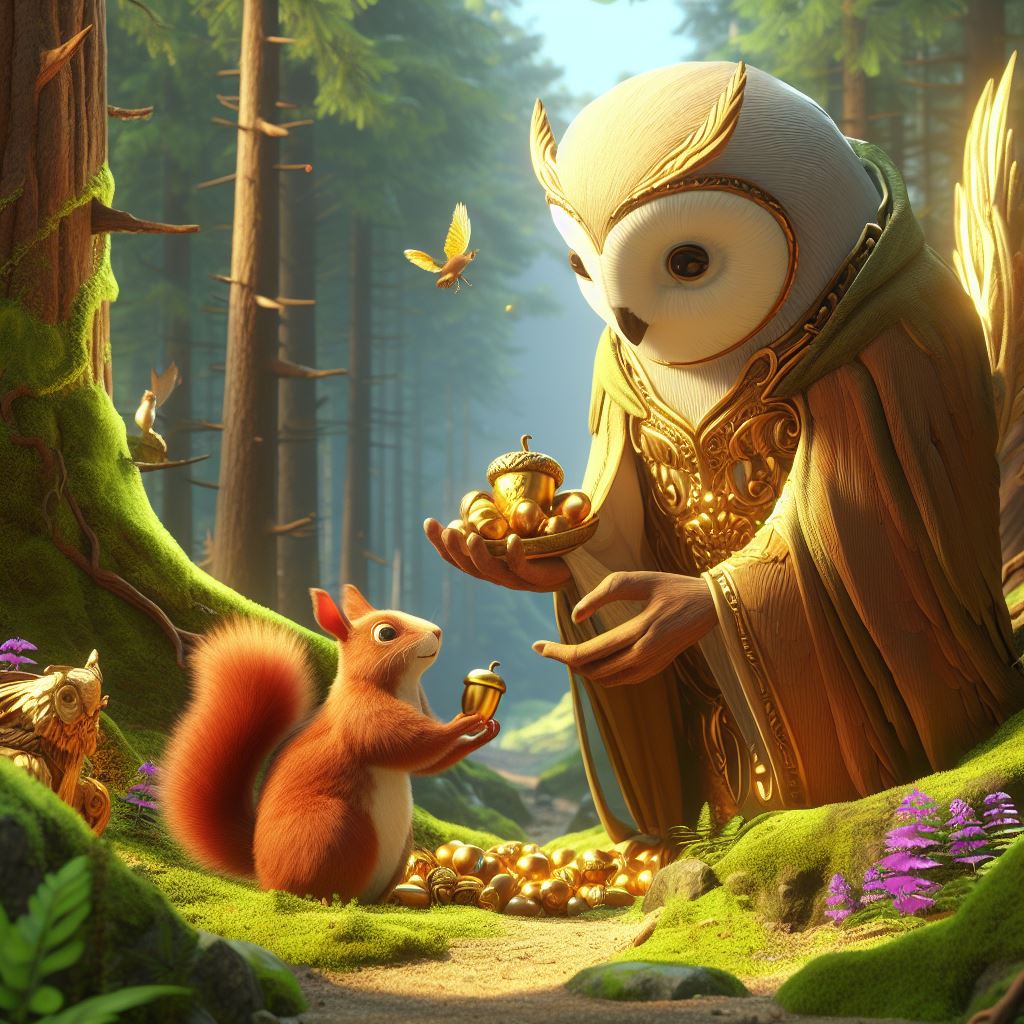
Finally, Sammy reached the entrance of the Enchanted Meadow. The Owl of Wisdom appeared before him, its eyes shining with ancient knowledge. Sammy asked for the shiniest object, and the wise owl gave him a beautiful golden acorn. It sparkled like the sun.
Grizzle, on the other hand, arrived at the Enchanted Meadow in a disheveled state, with stolen trinkets and a bad temper. When he demanded the shiniest object, the owl saw through his wickedness and gave him a shiny stone, dull and lifeless.
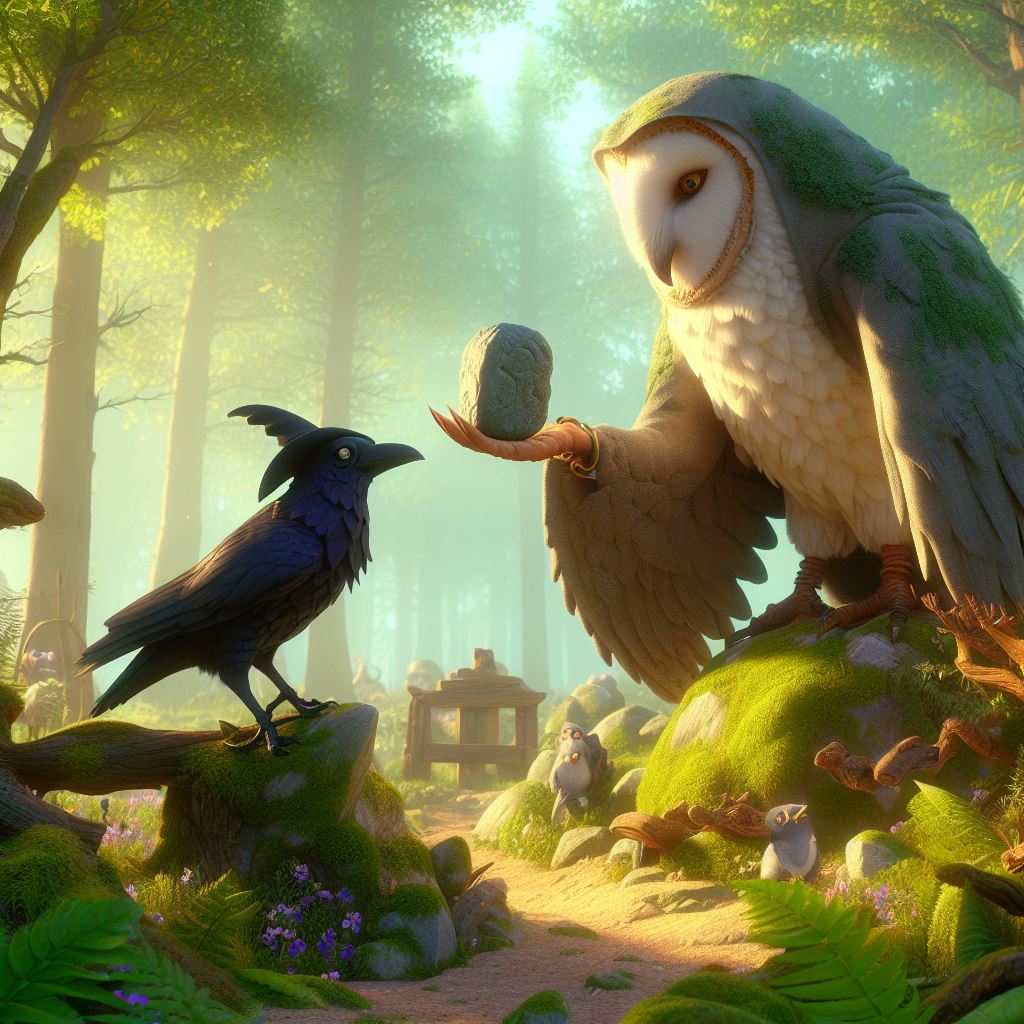
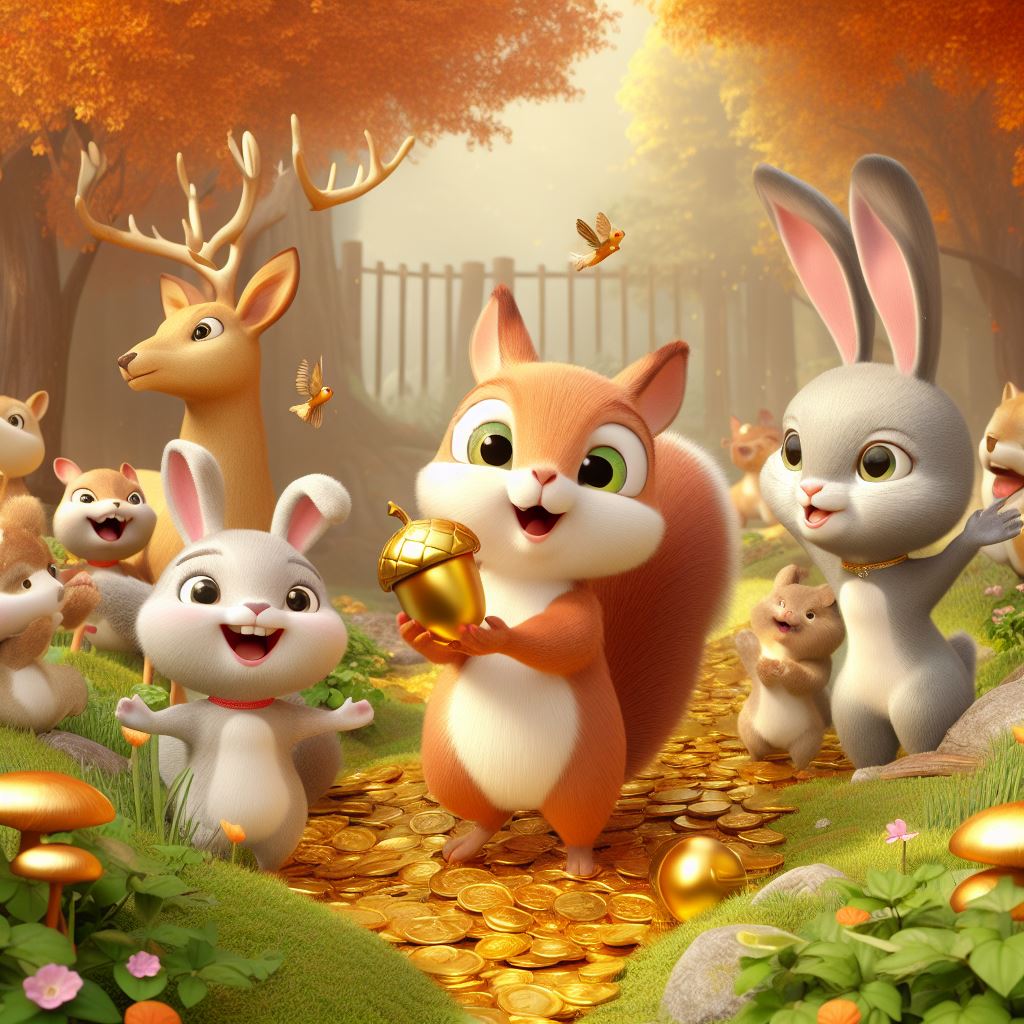
Back in the forest, Sammy returned with his golden acorn, which gleamed in the sunlight. The forest creatures cheered for him, and Grizzle’s plan had failed.
The wicked crow was left feeling miserable and alone, while Sammy continued to be a hero, not because of shiny objects, but because of his kind heart and brave actions. The forest was a happier place thanks to Sammy, and Grizzle learned that true heroes are not made of shiny things but of love and courage.

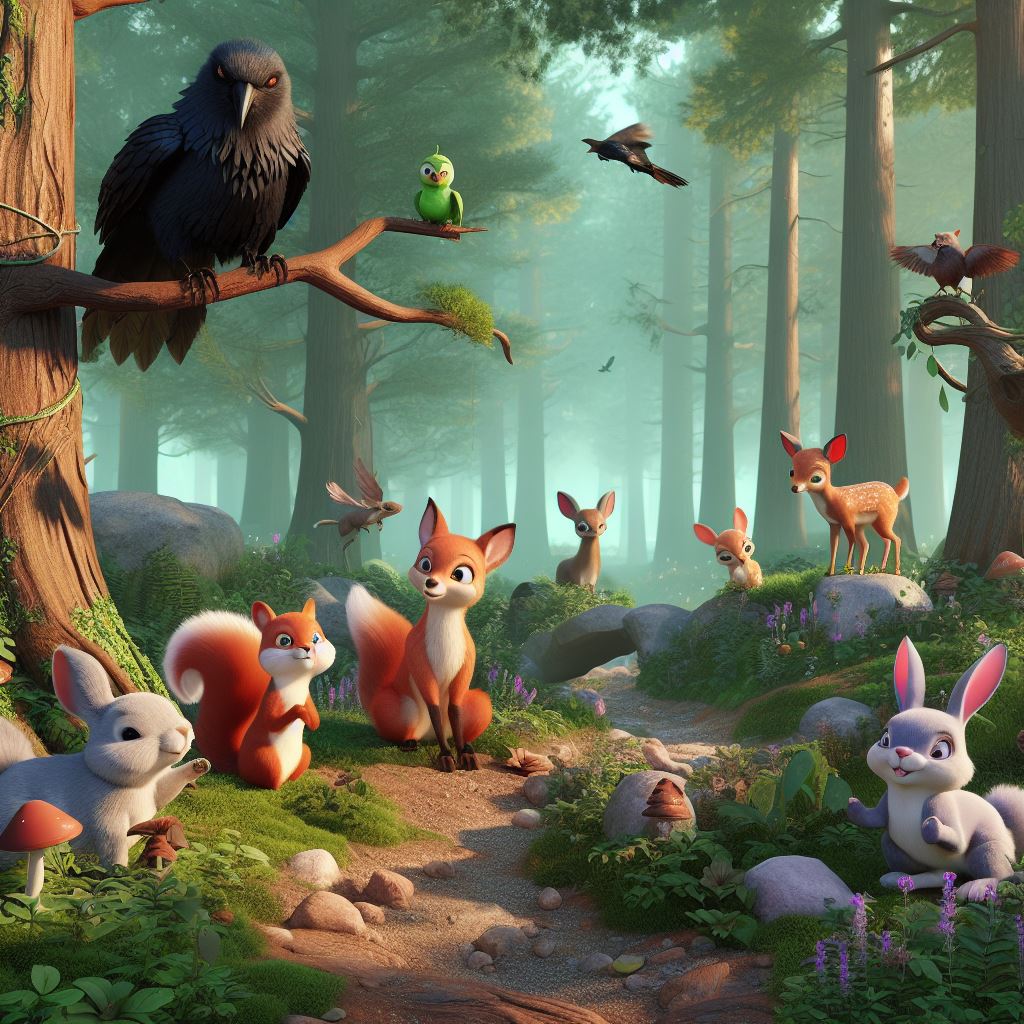
And so, the brave little squirrel, Sammy, lived happily ever after, teaching all the creatures of the forest that kindness and bravery are the most precious treasures of all. And Grizzle, the wicked crow, eventually learned the error of his ways and became a better bird, finding his own path to happiness.
And that, dear children, is the tale of “The Brave Little Squirrel and the Wicked Crow.”
References
AI & Insights. (2023, April 19). The future of Creative Writing – AI & Insights – Medium. Medium. https://medium.com/muthoni-wanyoike/the-future-of-creative-writing-c7d397dff6a4
Brittain, B. (2023, August 21). AI-generated art cannot receive copyrights, US court says. Reuters. https://www.reuters.com/legal/ai-generated-art-cannot-receive-copyrights-us-court-says-2023-08-21/
Popli, N. (2022, December 14). He used AI to publish a children’s book in a weekend. artists are not happy about it. Time. https://time.com/6240569/ai-childrens-book-alice-and-sparkle-artists-unhappy/
Weeldenburg, N., & Depardieu, A. (2023). Creating children Book Using ChatGPT. International Journal of Art, Design, and Metaverse, 1(2).
Yeddula, S. C. (2023, April 4). How I wrote, illustrated and published 3 children’s books assisted by AI. Medium. https://generativeai.pub/how-i-wrote-illustrated-and-published-3-childrens-books-assisted-by-ai-d25f1474b04
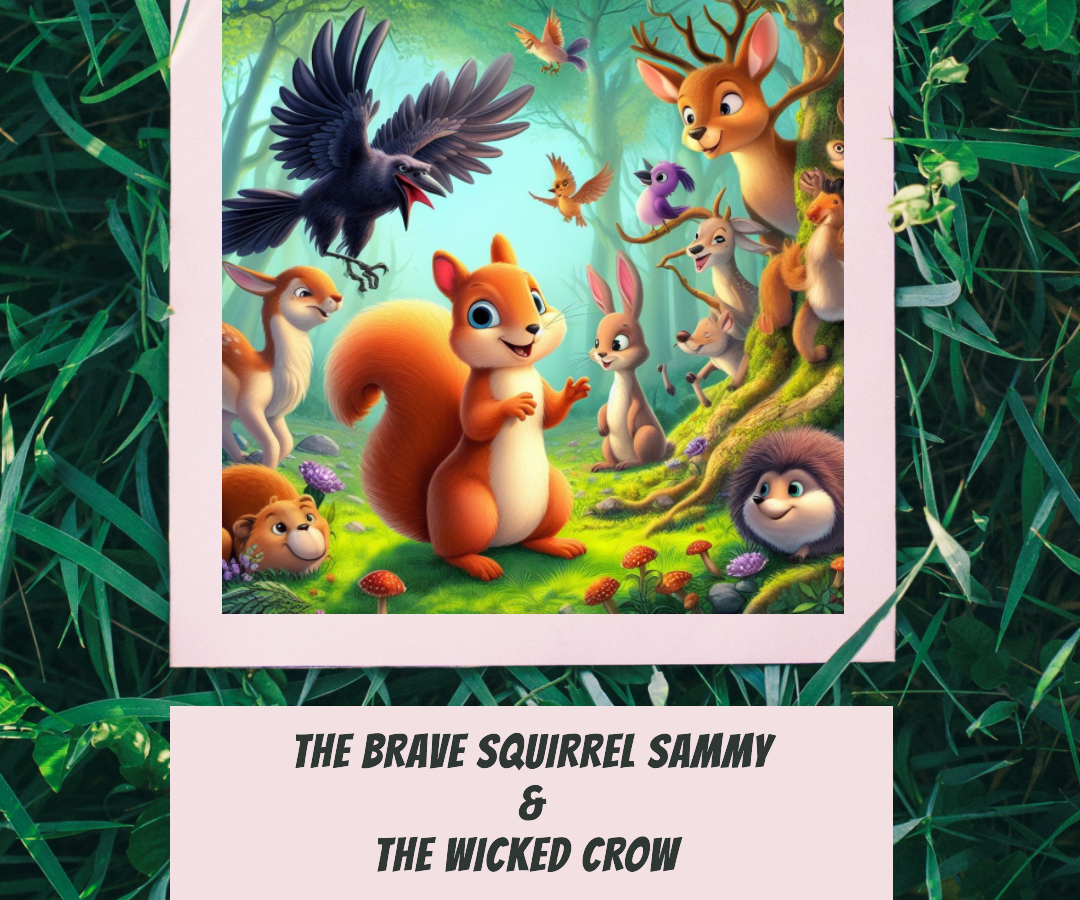

Thank you for this fun blog-post, I enjoyed reading your story. It is interesting to see how creative people can be as to the use of ChatGPT and other GenAI machines. Therefore I think it adding a screenshot of your prompts would have been a great addition, just to give an indication of how to prompt in order to receive these results.
With regards to the ethical dilemma, that is revolving around AI-generated books and art, I share your opinion in that I think AI is a great way of enhancing creativity in general. Additionally, GenAI is great at filling in gaps and an easy way to generate endless content. However I also think that children’s books/stories often contain a deeper meaning, and start learning children small life lessons in a fun and easy way. For instance the topics of family relations or certain ethics, we know that AI is not yet great at recognizing these and reacting to them in a proper way. Therefore I would be hesitant to give a book, written by GenAI to a child. Since much of these human experiences/emotions can one provide to a child if the writer is not capable of feeling/experiencing these themselves?
Wow what a creative piece. I agree that the book isn’t perfect, but it’s still very impressive that you were able to make this using only a couple prompts. I’ve shown it to my nephew (5y) and he liked the pictures of the squirrel 🙂
The ethics behind the book were a little to difficult for him though. There recently was a news article about writers in the US (a.o. George R.R. Martin) suing ChatGPT because their AI was trained using their work without consent, and there are many more cases. It’ll be interesting to hear the verdicts and what implications that will have on generative AI training.
I disagree with your final take on the role of generative AI when it comes to children’s books. Adult books have complex plots, themes and motives that require creative capacities generative AI cannot (yet) replicate. But successful children’s books are successful because of their simplicity and understandable morals. Take the brave squirrel story for example. It needs only 2 characters with clearly defined characteristics and a clear moral to do good for others. I think with a little more sophistication by the AI and careful prompting by a human, AI written children’s books are going to be as good as human-written children’s books. Moreover, with AI you can customize these books. Imagine how happy children will be when they read a story about their favorite pet or stuffed animal beating some lame crow. It’s sad for the authors, but I think unless the legal system rules in their favor, AI is going to be able to replace most of their work.
This post is such an interesting take on generative AI tools. It perfectly illustrates how different AI tools put together can create a higher value for the users. The idea of combining AI capabilities for specific use cases such as storytelling, can be an exciting topic for AI solution designers. Based on your description, I assume you first asked ChatGPT to write the story and then manually created prompts, gave the prompts to DALL-E 3 and received images. While reading your post, I kept imagining an AI system that simultaneously writes, modifies and illustrates so we have one generative AI teaming up with another in addition to a human that puts in the initial prompt or make some changes. This might create better results and decrease the human effort. It is also a very interesting system to study from a human-machine team work perspective. Such a system might exist and your post inspired me to look it up further.
With regards to the ethical dilemma, I agree with you on the importance of regulating the use of data since it has become such an important asset.
And lastly, I believe that a human supervisor should be present to make sure that AI is creating safe content especially for children. However, when it comes to the quality and creativity of children books, I think it is safe to assume that AI is making considerable progress and soon enough it becomes impossible to tell the difference between the human versus AI generated content.